Building Your Retirement Plan in 4 E.A.S.I. Steps
When it comes to retirement planning, it can be difficult to know where to begin. Many people avoid retirement planning because they are afraid to see that they aren’t on track or are worried about making mistakes in the process.
Fortunately, there’s hope - even for the novice investor or person who’s just not good with numbers. You can build your retirement planning using a 4-step process, which just so happens to be an acronym for EASI: Elaborate, Anticipate, Simulate, and Incorporate.
Elaborate: Get very specific about your goals, such as when you want to retire, where you want to live when you retire, and what you want to do when you retire. There is no detail too small. That said, don’t let having to make educated guesses stop you from planning (such as knowing how much you’ll spend on groceries.)
Examples
Goal 1: Pay for 4 years of son’s college (in-state tuition, books, and room & board.) He will be 18 in 10 years.
Goal 2: Retire at 65
Goal 3: Spend $3,000 per month on living expenses, adjusted for inflation, for 30 years.
Goal 4: Travel to the Bahamas on a cruise for the first 10 years of retirement each year; $10,000 cost
Goal 5: Gift $2,000 per year to a local charity each year I’m retired.
Anticipate: based on where you’re at and what you’re doing, estimate how much money you’ll have when you’re no longer working. This is easier said than done, especially considering most of us depend on investments, whose return can be difficult to predict. There are many ways to go about this. For example, if you know you’re invested in an S&P 500 index fund, you can easily find out the historical return of the S&P 500 with a quick online search.
Simulate: It’s time for a stress test. You’ve identified your goals, and you know roughly how much money you’ll have when you reach retirement age. The question is: will your savings and income in the future allow you to meet your needs?
It’s not about just meeting your needs in year one, by the way. Don’t forget that you could (and likely will) need your resources to last you for decades. Therefore, it’s important not to neglect inflation. Remember that things like consumer goods have historically had lower inflation rates than health care and college tuition.
Going back to our previous paragraph, if you’ve anticipated returns based on historical returns of the S&P500, you’ll want to consider the fact the same fund by itself may not make sense for all of your retirement accounts. The reason is that you’ll be drawing from them instead of saving into them, and to make them last, it will become important to avoid large swings that were irrelevant during your working years.
Once you know how your investments will be aligned during retirement, a simulation of historical returns (called a Monte Carlo simulation) will help you determine if you’re on track. We typically look for a 70-90% probability that our clients’ resources helped them meet their objectives. In other words, 7-9 times out of 10, they were able to do everything they want and not run out of money before the end of their plan.
If you’d like to be more conservative, it’s not unreasonable to aim for an amount higher than 90%; but statistically speaking, you could be taking a higher chance than necessary that you’ll be leaving money behind at the end of your plan. Unless that’s one of your goals, you might be giving something up – and you only live once!
There are many online tools that provide Monte Carlo simulation results. Remember that the results are only as good as the data entered, so ensure your investment numbers, asset and tax allocations are as accurate as possible.
Incorporate
Interpreting the results from your simulation, it’s time to figure out if you need to make any adjustments. If your plan fails 50% of scenarios, meaning you run out of money before the end - then something needs to change, because that’s more of a risk than you can afford. Maybe you could get on track by saving more, saving in different places, or deferring retirement. Or, you could consider adjusting your goals (a $100,000 remote cabin is still getaway, even if it’s not a $500,000 beach home, right?) In many instances, it’s a combination of all four. Whether the fine tuning to do is in minor or major, your plan doesn’t work unless you incorporate the necessary changes to your strategy.
Note that it’s not unusual for trial and error to be required while determining how to get on track. If you increase your monthly savings into your Roth IRA from $250 to $500 and you’re still not on track, for example, you can try increasing your brokerage or 401k savings until the numbers work.
Conclusion
It’s very doable to determine whether you’re on track for retirement. Once you’ve clearly defined your goals, anticipated your future account values, your needs, and simulated the outcomes, you can determine what changes you need to incorporate into your plan to get on track. If it sounds overwhelming, consider reaching out to a financial professional for help – especially a CERTIFIED FINANCIAL PLANNERTM who is held to a fiduciary standard and will act in your best interest.
Disclosure: Investing involves risk including the potential loss of principal. No investment strategy can guarantee a profit or protect against loss in periods of declining values. Past performance does not guarantee future results. It is not possible to invest directly an index.
This material is for information purposes only and is not intended as an offer or solicitation with respect to the purchase or sale of any security. The content is developed from sources believed to be providing accurate information; no warranty, expressed or implied, is made regarding accuracy, adequacy, completeness, legality, reliability, or usefulness of any information. Consult your financial professional before making any investment decision. For illustrative use only.




